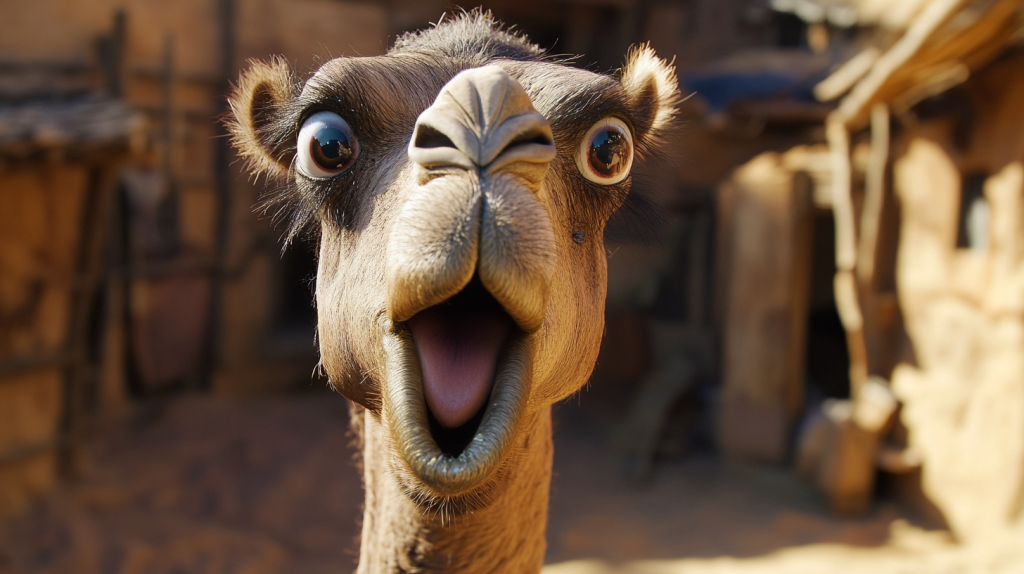Camels, the ships of the desert, are known for their resilience and ability to survive in harsh environments. But even these hardy creatures have natural predators. From big cats to pack hunters, various animals have evolved strategies to take down these large mammals. While adult camels are formidable opponents, young, sick, or injured individuals are particularly vulnerable. I was a little surprised by a few of the predators on this list.
Lions
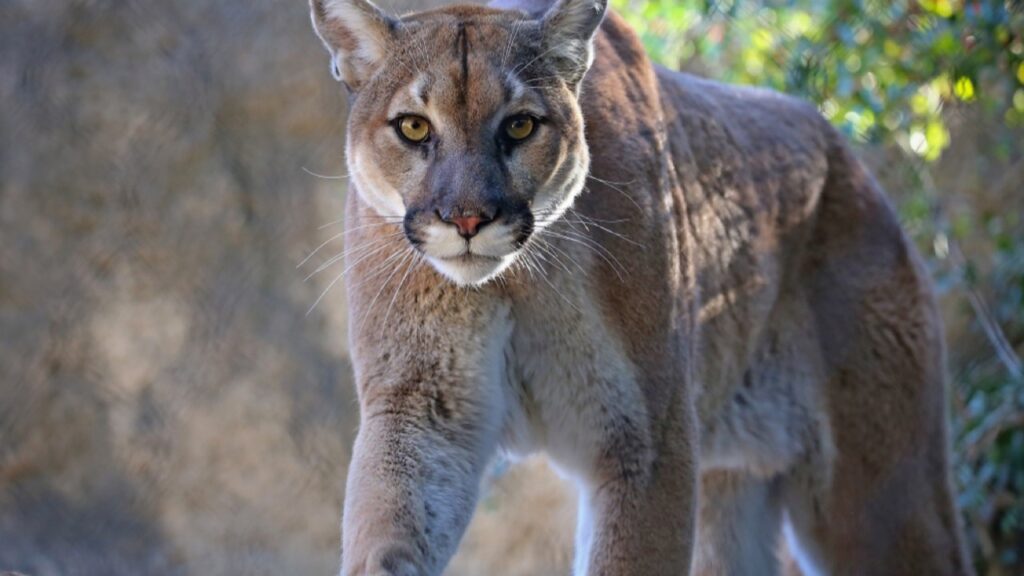
The king of the jungle is also a threat to camels in certain regions. Lions are opportunistic hunters and will target camels, especially when their usual prey is scarce. In parts of Africa where lions and camels overlap, young or weak camels can fall victim to these big cats. Lions typically hunt in prides, which allows them to take down larger prey like adult camels.
Wolves
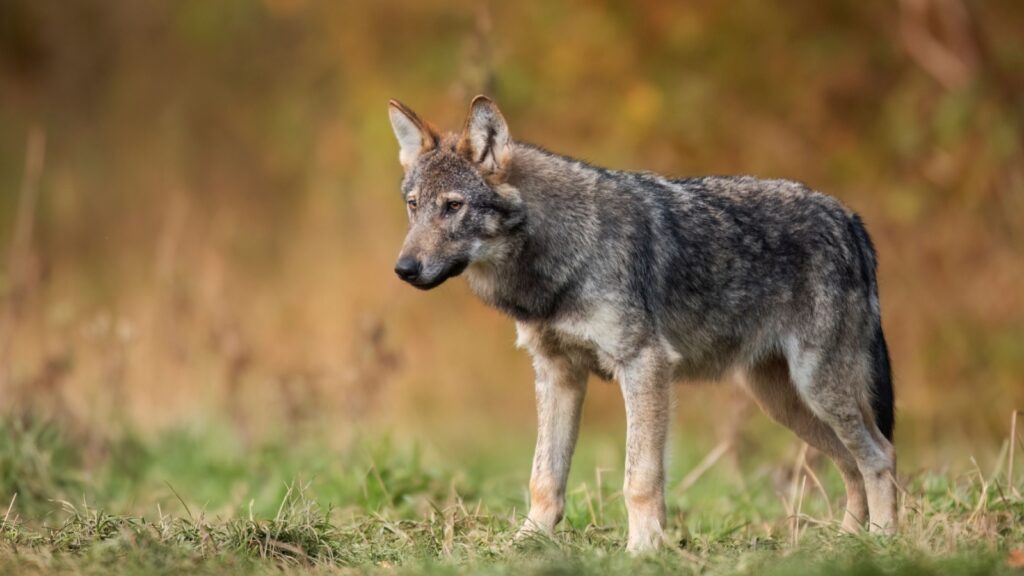
Gray wolves are adaptable predators found across various habitats, including some areas where camels live. These pack hunters can take on prey much larger than themselves, including camels. Wolves typically target young, old, or sick camels, using their teamwork and endurance to wear down their prey. In some regions, like the Gobi Desert, wolves are one of the main predators of wild Bactrian camels.
Leopards
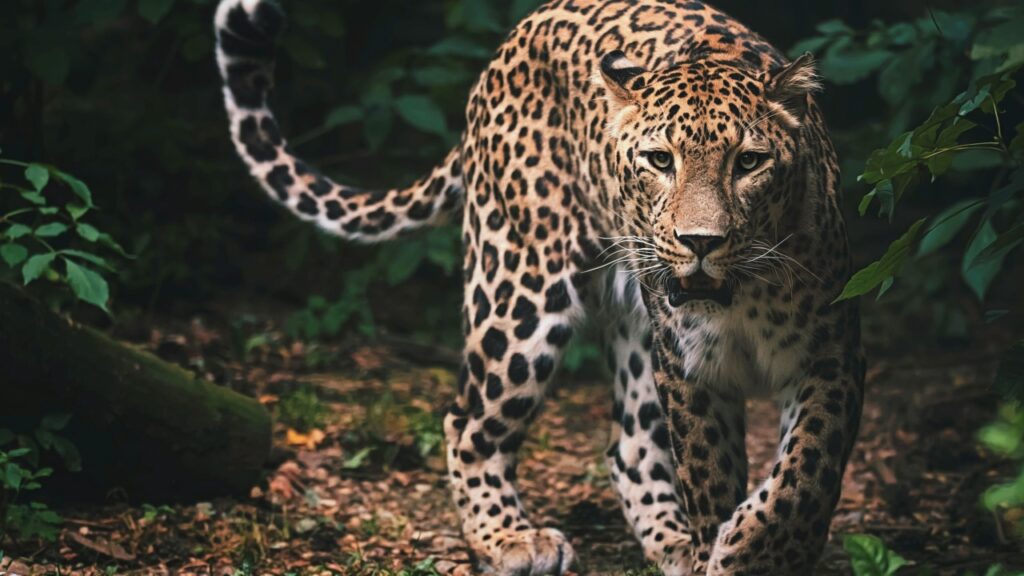
While leopards are generally smaller than lions, they’re still capable of hunting camels, particularly young ones. These stealthy cats are excellent climbers and often drag their prey into trees to protect it from other predators. In areas where leopards and camels coexist, such as parts of the Middle East and North Africa, leopards may opportunistically hunt camel calves.
Hyenas
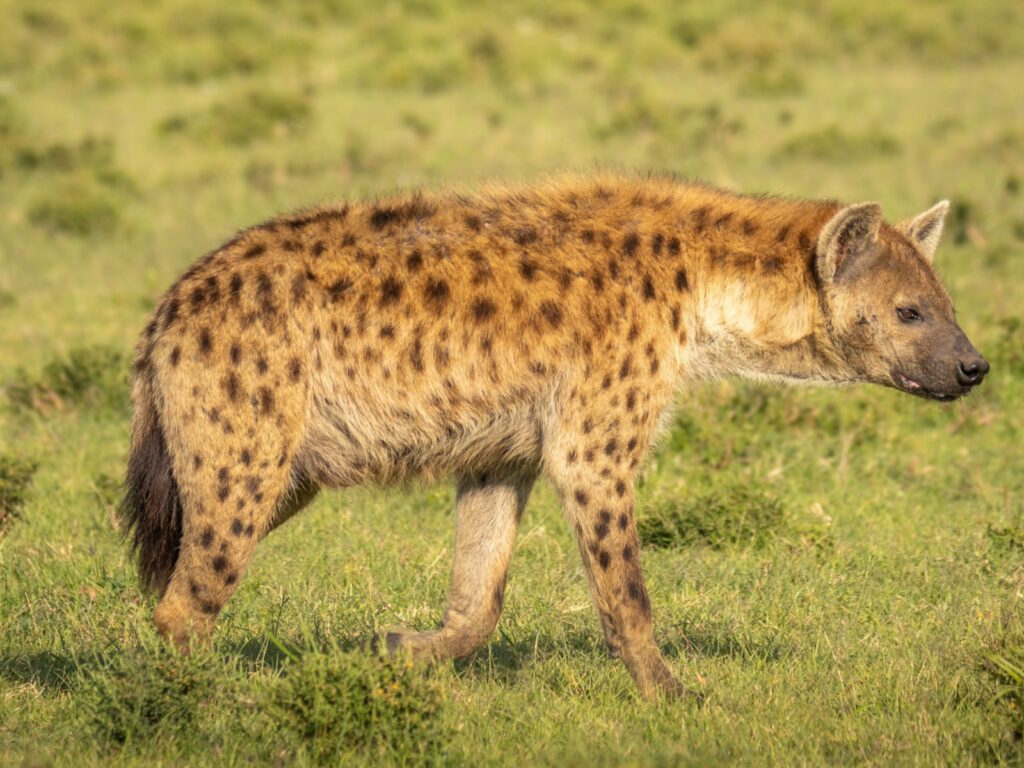
Known for their powerful jaws and scavenging habits, hyenas are also skilled hunters. Spotted hyenas, in particular, hunt in packs and can take down prey much larger than themselves. In regions where hyenas and camels share territory, these opportunistic predators may target young or weak camels. Their strong bite force allows them to crush bones, leaving little of their prey behind.
Cheetahs
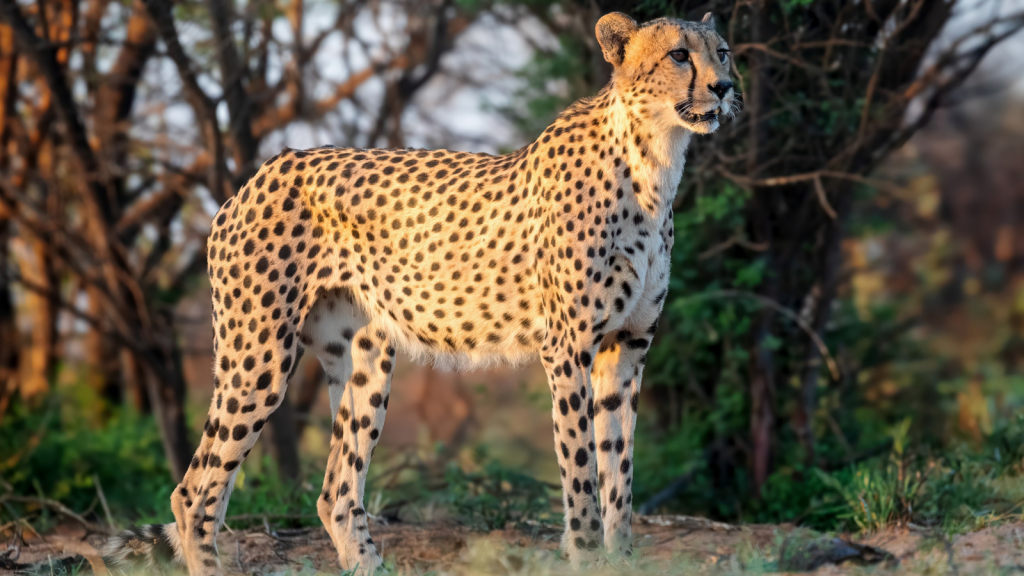
While cheetahs typically hunt smaller prey, they have been known to take down young camels in some areas. These swift cats use their incredible speed to chase down their targets. However, due to their smaller size compared to other big cats, cheetahs are more likely to target camel calves rather than adults. In parts of the Horn of Africa, cheetahs occasionally prey on young dromedary camels.
Wild Dogs
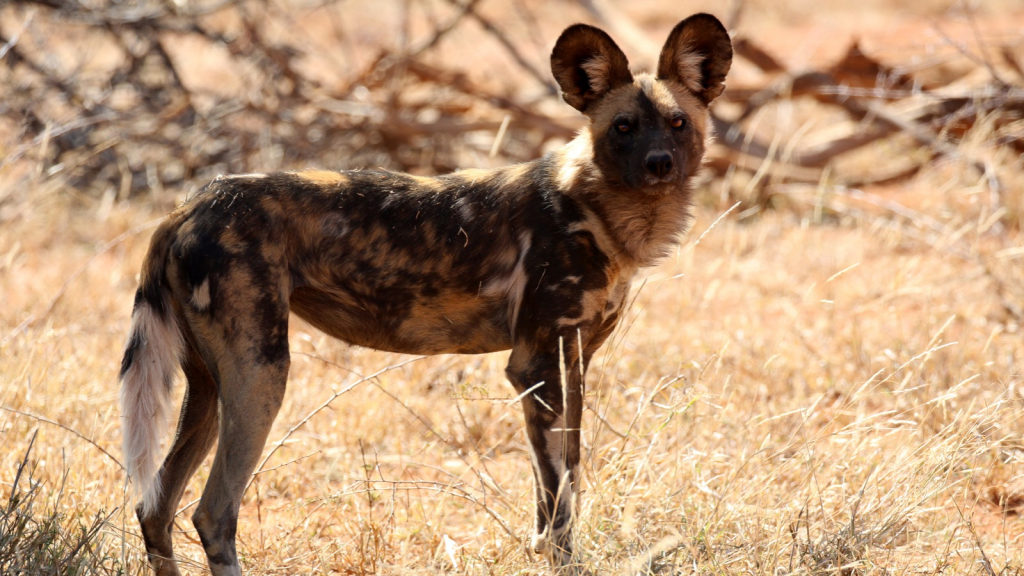
African wild dogs, also known as painted wolves, are highly social and efficient hunters. These pack animals are known for their stamina and cooperative hunting strategies. While they typically target smaller prey, a pack of wild dogs can potentially bring down a young or weakened camel. In some parts of Africa where their ranges overlap, wild dogs may hunt camel calves opportunistically.
Bears
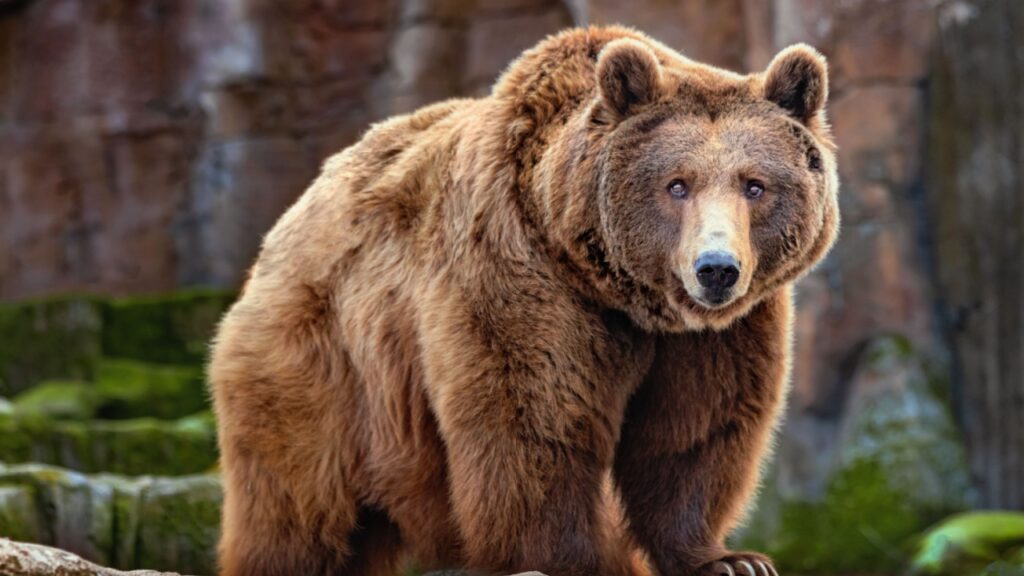
In some regions, like Central Asia, brown bears share habitats with Bactrian camels. While bears are omnivores and not primarily hunters of large prey, they are opportunistic and powerful enough to take down a camel if the situation arises. This is particularly true for young or sick camels that might be more vulnerable. The strength and size of bears make them formidable predators when they do choose to hunt large animals.
Crocodiles
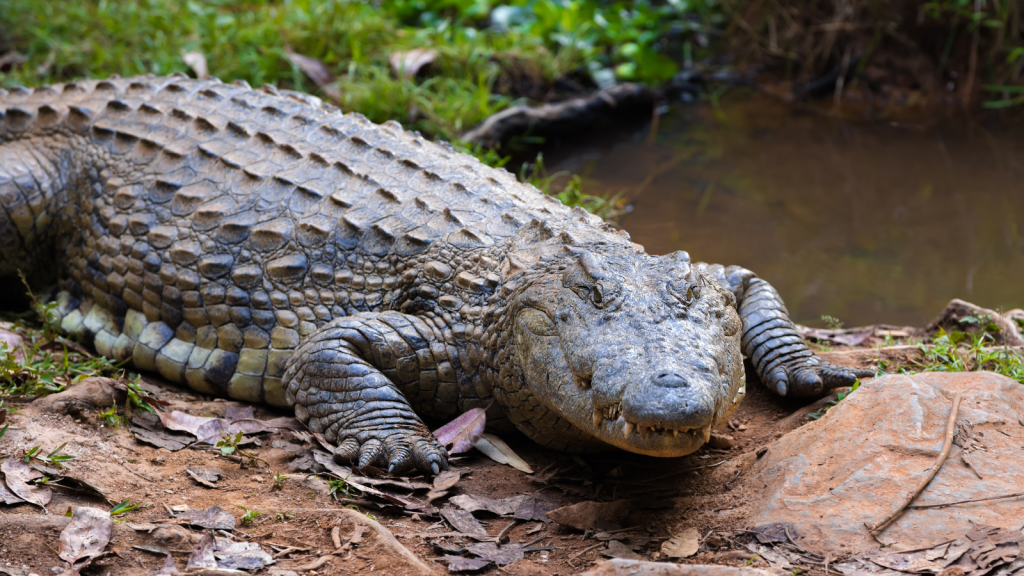
While not a common predator of camels, Nile crocodiles can pose a threat in certain areas. These massive reptiles are ambush predators, lying in wait at water sources. When camels come to drink, especially in areas like the Sahel region of Africa, they may fall victim to crocodile attacks. Young camels are particularly vulnerable to these surprise attacks from the water.
Tigers
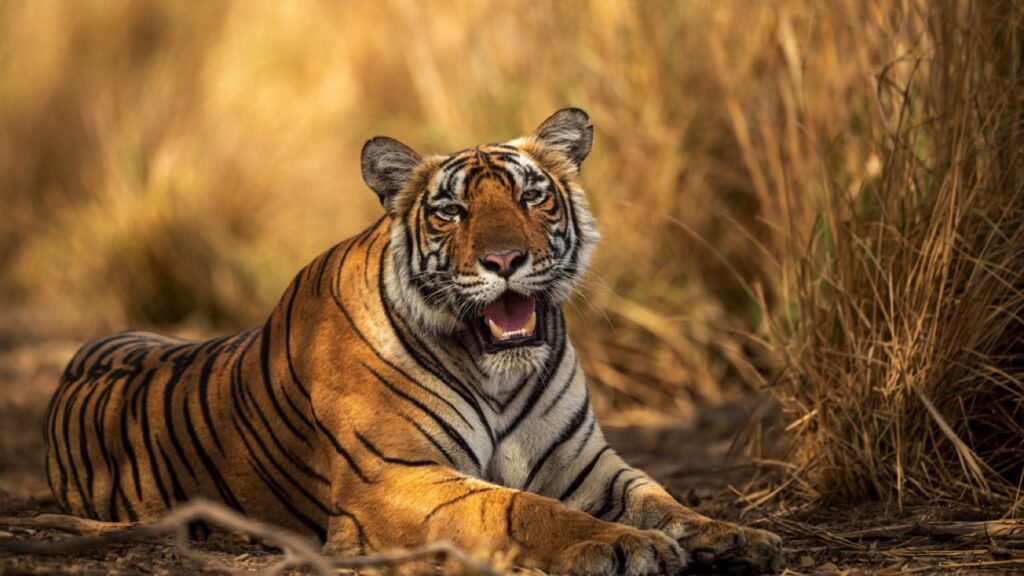
In some parts of Asia where tigers and camels’ ranges historically overlapped, tigers have been known to hunt camels. While this interaction is rare today due to habitat loss and declining tiger populations, it was more common in the past. Tigers, being solitary hunters, typically target younger or weaker camels rather than healthy adults.
Humans
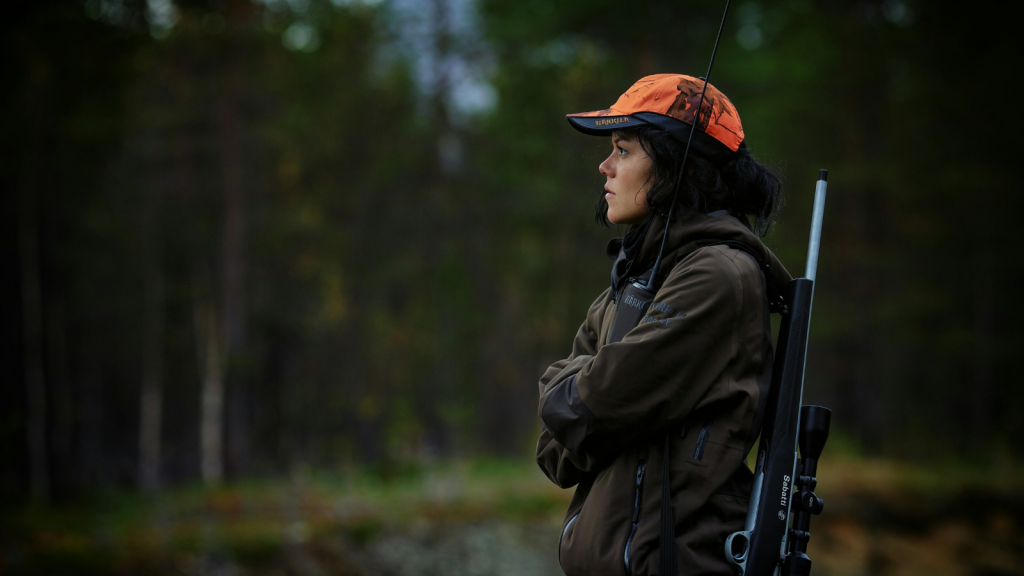
Historically and in some regions today, humans have been significant predators of camels. While not typically for food in most cultures, camels have been hunted for their hides, meat, and other resources. In some areas, they may also be killed due to conflicts over water sources or crops. Conservation efforts in recent years have aimed to protect wild camel populations from human predation.
Jackals
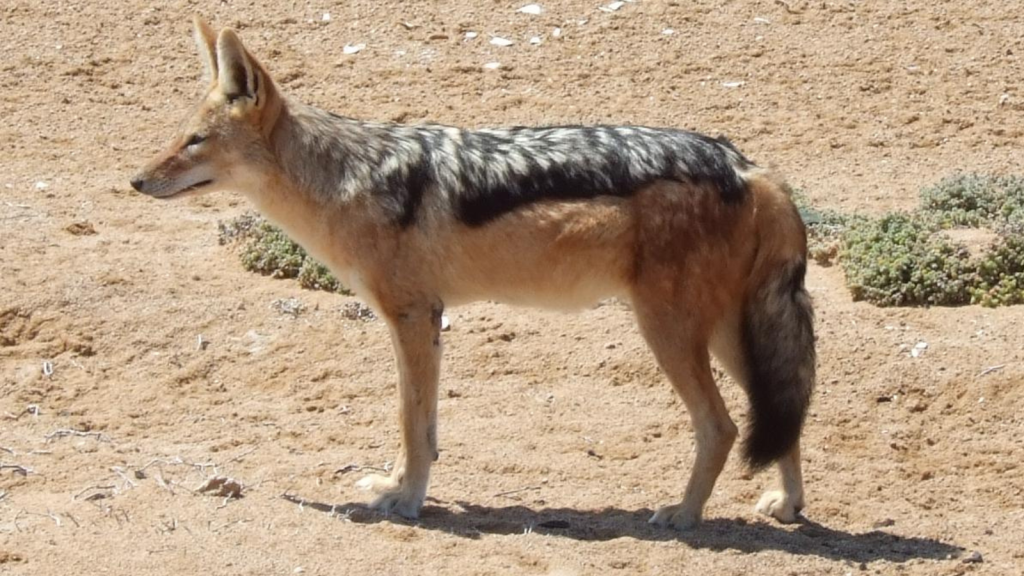
While jackals are smaller than many other predators on this list, they can be a threat to young camels. These opportunistic hunters often scavenge but will also hunt in packs. In areas where jackals and camels coexist, such as parts of Africa and Asia, jackals may target newborn or very young camel calves. Their strategy often involves wearing down larger prey through persistent attacks.
Caracals
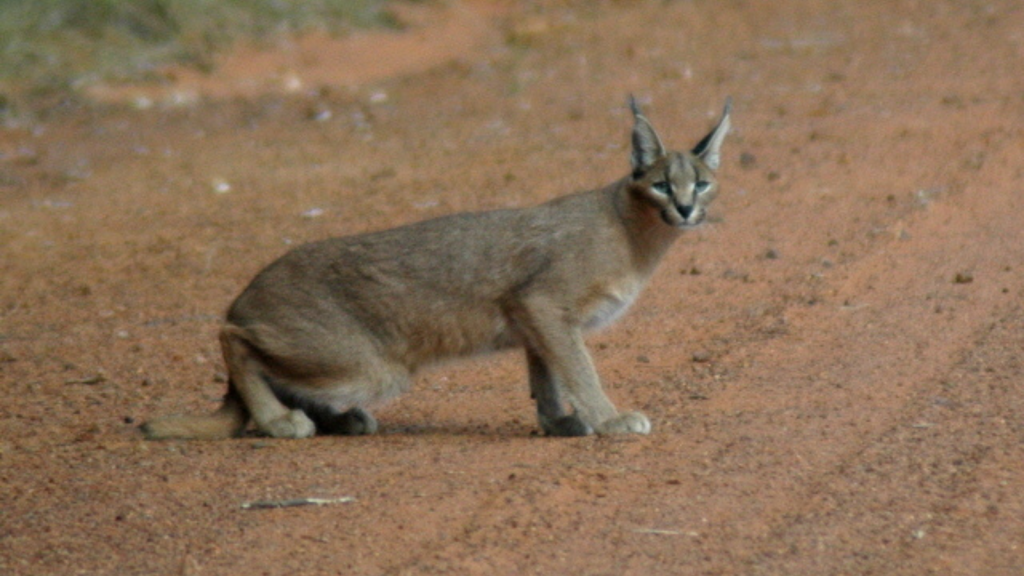
These medium-sized wild cats are known for their distinctive ear tufts and impressive leaping ability. While caracals typically hunt smaller prey, they have been known to take down animals larger than themselves. In regions where caracals and camels share habitats, like parts of North Africa and the Middle East, these agile cats may occasionally prey on young camels or newborn calves.

